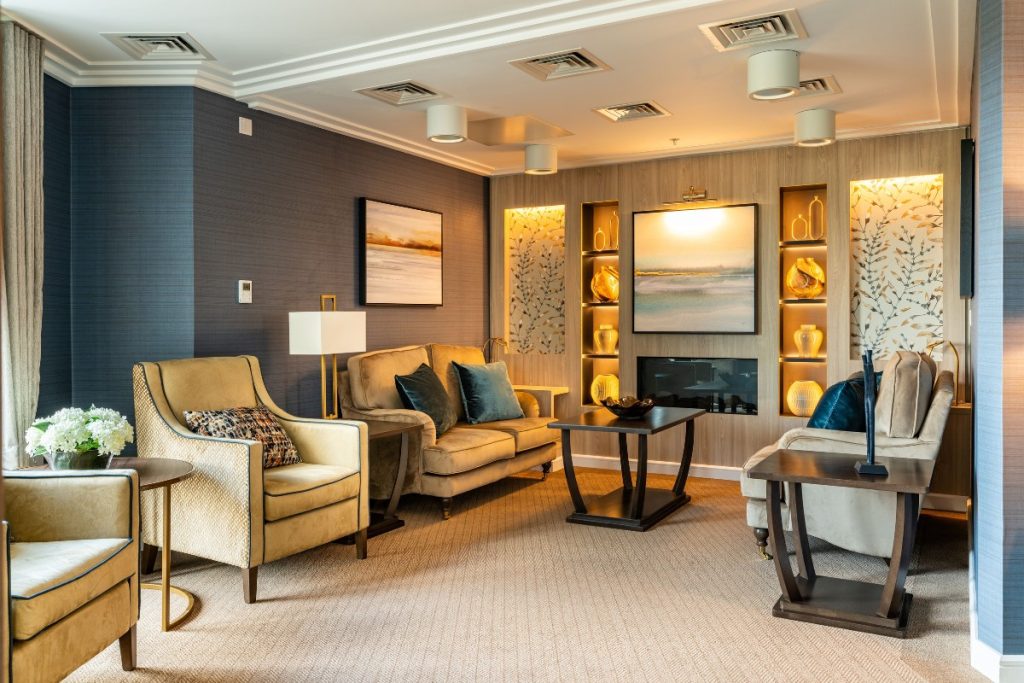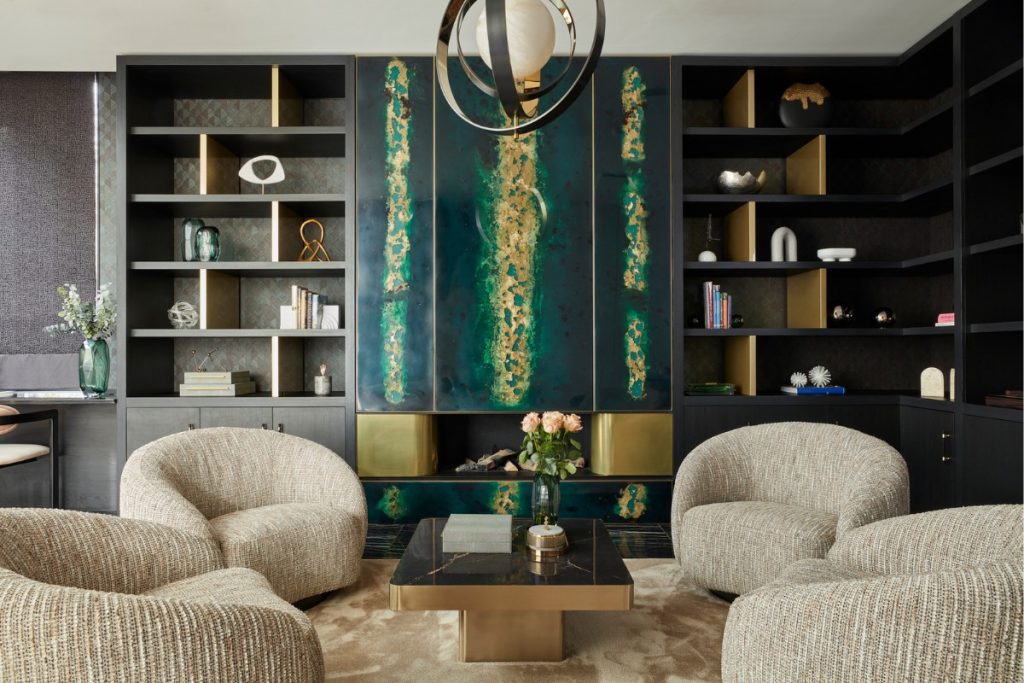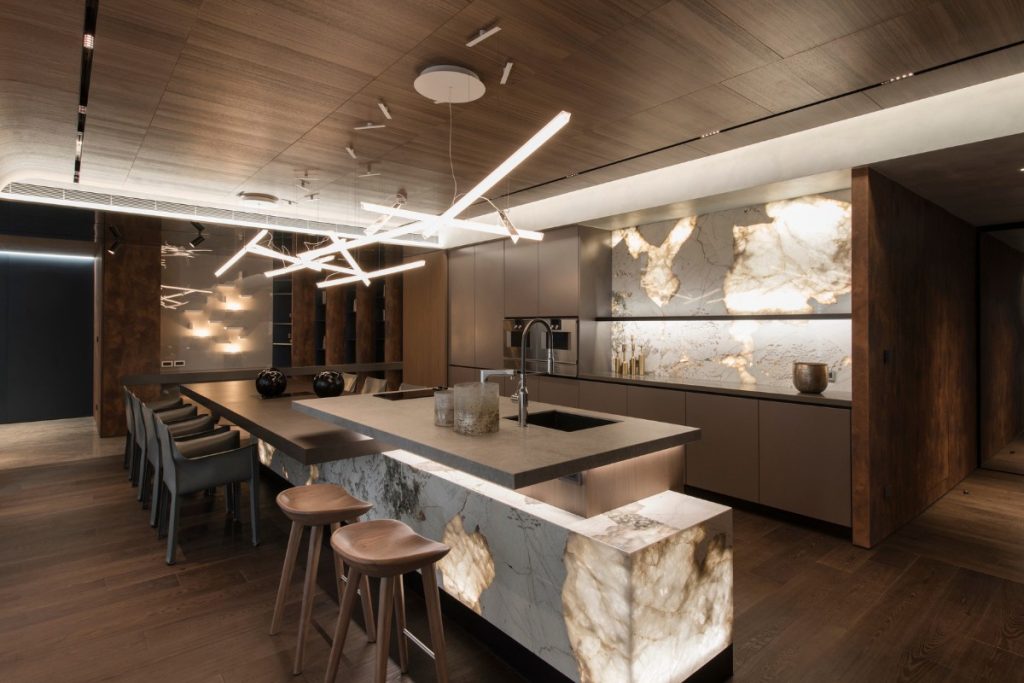 6th September 2018 | IN OFFICE DESIGN | BY SBID
6th September 2018 | IN OFFICE DESIGN | BY SBIDThis week’s instalment of the #SBIDinspire interior design series features a workplace which intended to create more of a relationship between office spaces and architecture. Colour on the floor and walls was used to create separate working areas and multi-functional areas, while French windows at the culmination of the traffic flow channel the sunshine and green areas to the inside. A sample display area set at the rear gives users a place to meet and discuss. Here, concrete has been used on the surface to create a sense of vastness and space. Throughout the project, materials were selected for their ability to deliver the greatest impact with minimum quantities required. A bookcase brings the two floors harmoniously together; combing the upper and lower bookcases increased the connection between the two floors so that the boundaries between the floors are removed.
Company: Chain10 Architecture & Interior Design Institute
Project: TOPOSITION Construction Office
Project Location: Kaohsiung, Taiwan
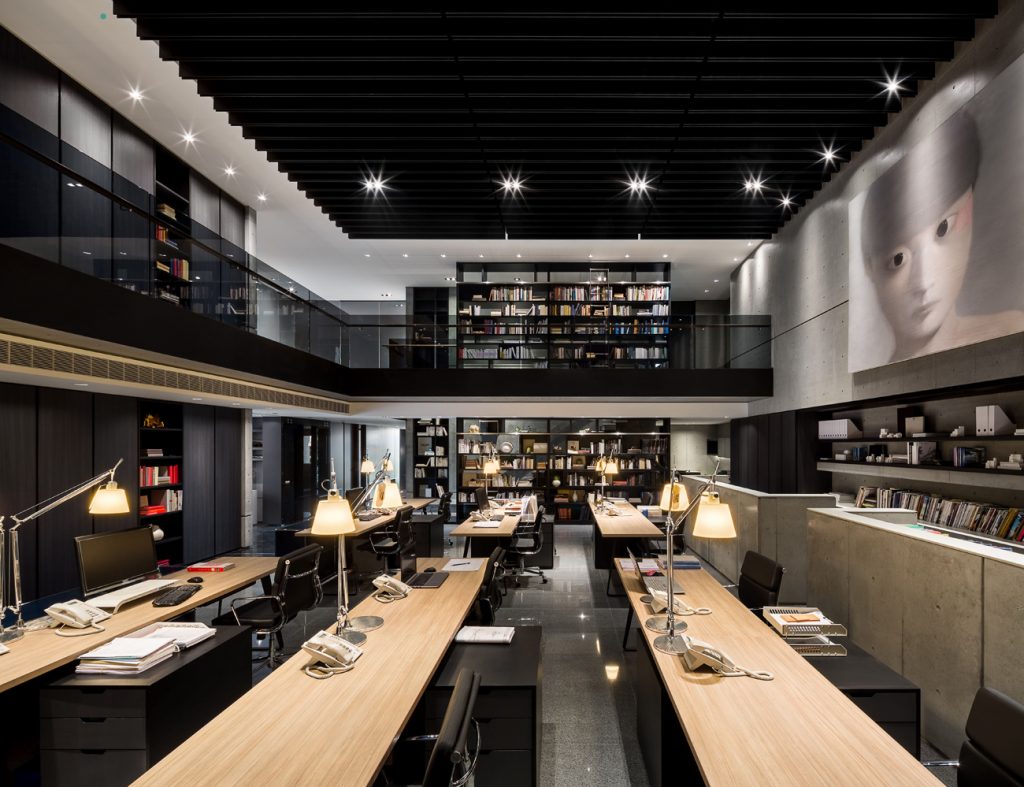
What was the client’s brief?
TOPOSITION Construction, a subsidiary company, is affiliated with the well-known multinational waste treatment company, Cleanaway Company. The parent company’s business model is international and is dedicated to the disposal of low-pollution waste. The client has lofty moral and aesthetic standards, and the requirements for work is not only the control of costs, but also the spirit of entrepreneurship; to want to give back to the people of their hometown. They insist on setting the headquarters of the group in this small city of Gangshan District.
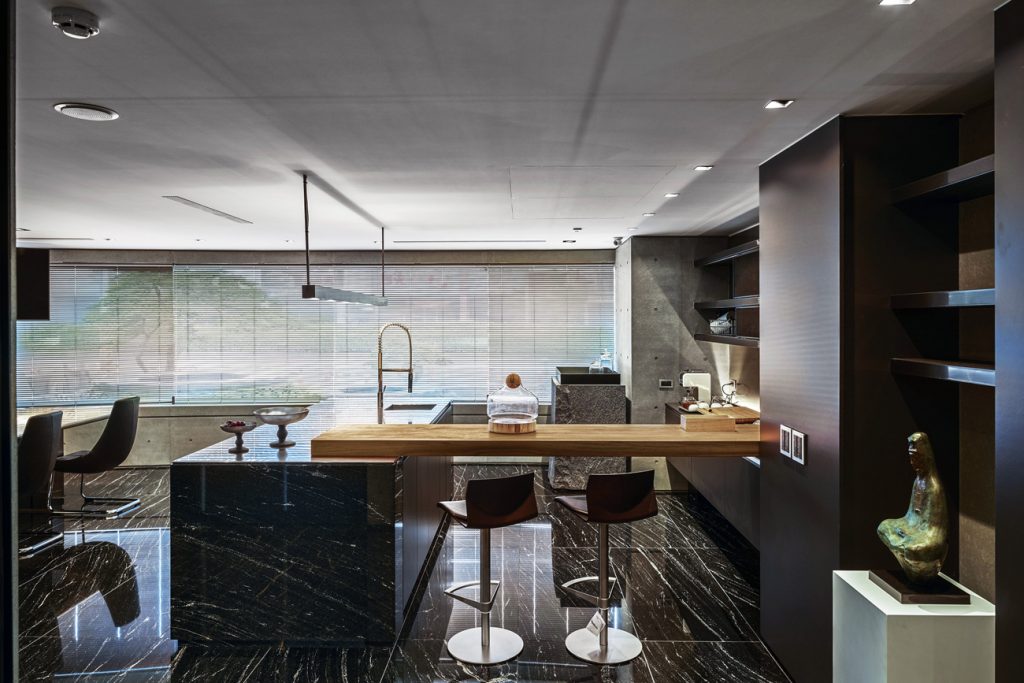
What inspired the design of the project?
Geometry and vertical style designs create an extreme vision and atmosphere. Hopefully it is not only a working space, but also a space with resonance between people and bold architectural elements.
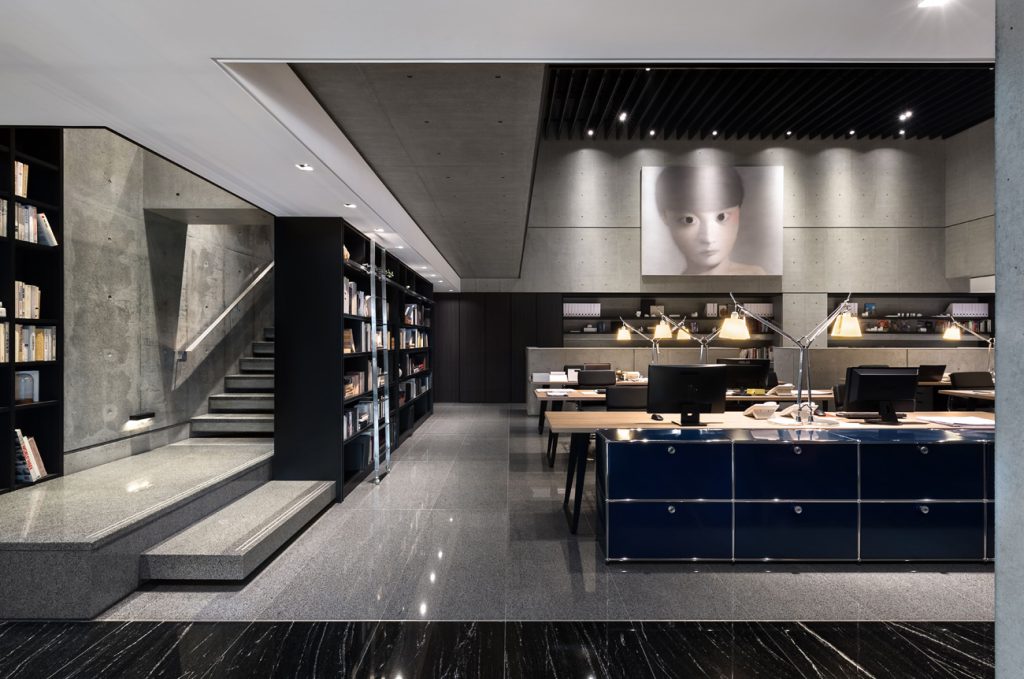
What was the toughest hurdle your team overcame during the project?
Originally, the plan is not related to the curved wall at the entrance on the exterior architecture; however, based on the idea of creating more co-ordination between the space and the architecture this became an important consideration. The original arrangement were all atrium type spaces, so how to use this to create that connection is what I needed to think about.
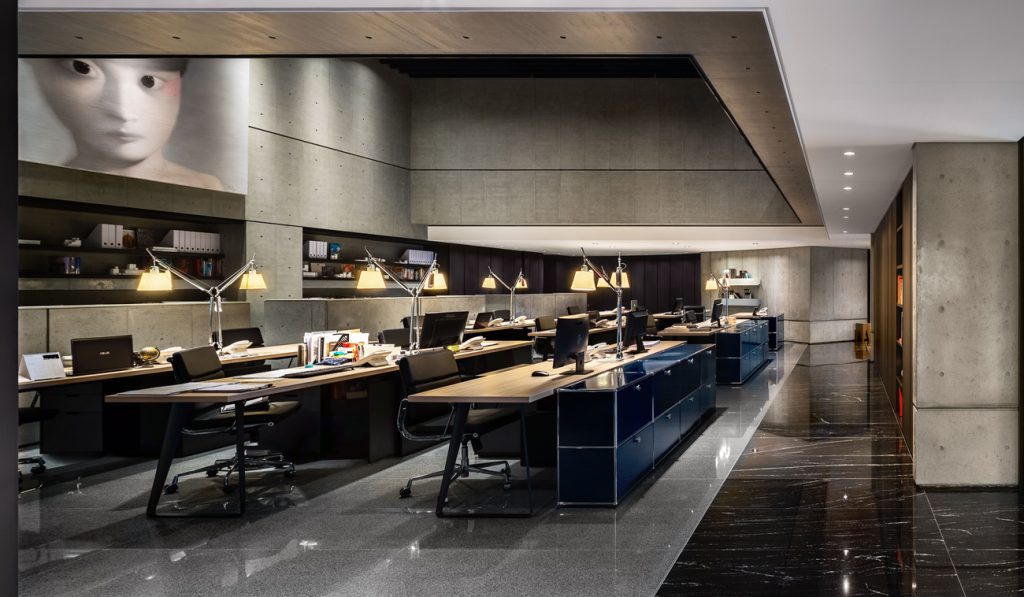
What was your team’s highlight of the project?
The curved wall at the entrance hall is created to connect the office’s entrance hall and headquarters’ lobby by using stone materials to extend interior space from outdoors. The glass wall to the curved stone wall reduces the external interference. The new stone wall extends the original arc of the building, and enhances the interest and coordination of the space.
The side entrance breaks the original pattern and makes the buffer for the original route in the space. As the original arrangement was all atrium spaces, we transform the office area into an atrium, so that there is only a difference of one floor, and you will first see the ground level before the second level. The space converges and then opens. After entering the room, you are drawn to the natural light which creates a path from start to finish; opening the originally closed walls and setting the French windows helped to create a comfortable environment for people to appreciate nature. Creating this connection between people, architecture and the environment was definitely a highlight of the project.
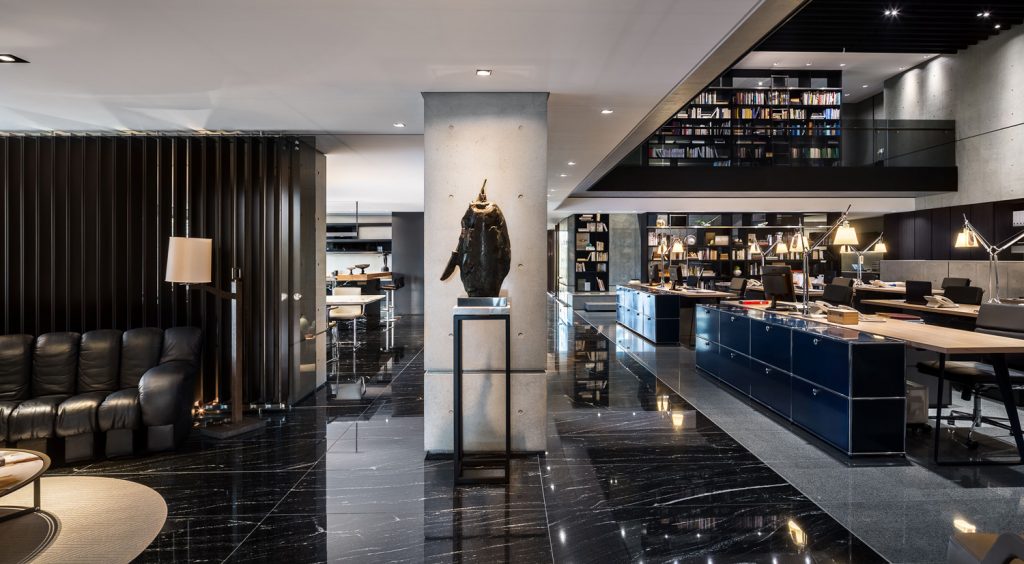
Why did you enter the SBID International Design Awards?
The Award recognises and rewards outstanding and distinguished workers and teams in the International design arena. Winning the SBID International Design Award is a great achievement and honour for global designers.
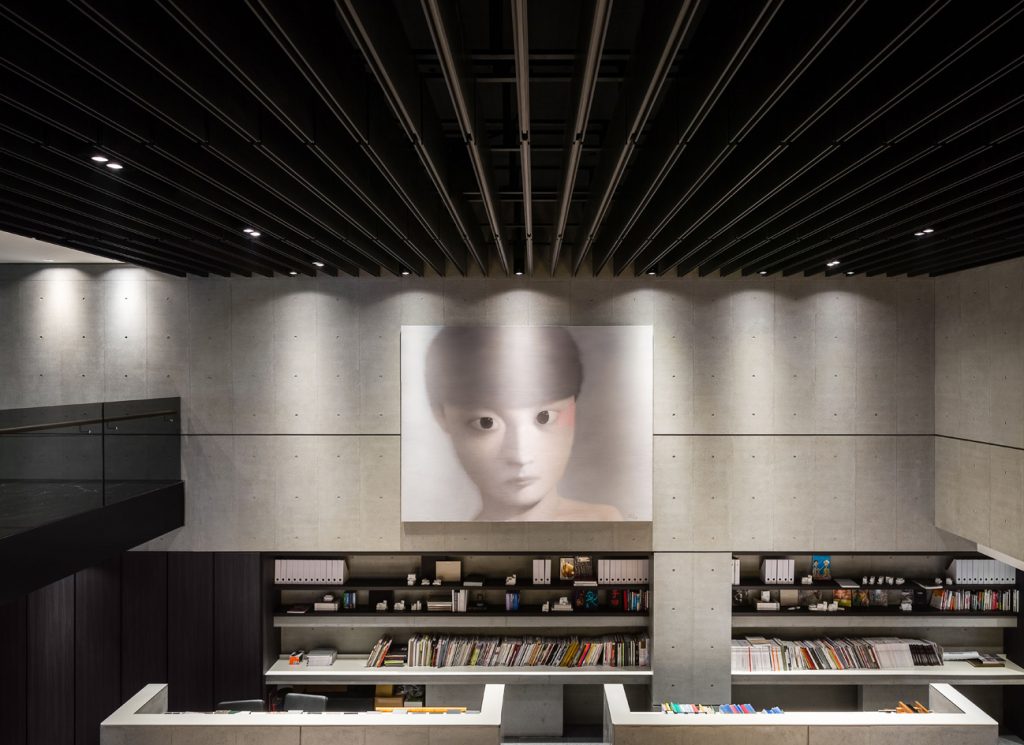
Questions answered by Keng-Fu Lo, Managing Director of Chain10 Architecture & Interior Design Institute.
If you missed last week’s Project of the Week featuring a luxurious, 1920’s style family home in South Kensington, click here to see more.
We hope you feel inspired! Let us know what inspired you #SBIDinspire
Chain10 Architecture & Interior Design Institute | SBID International Design Awards 2018

